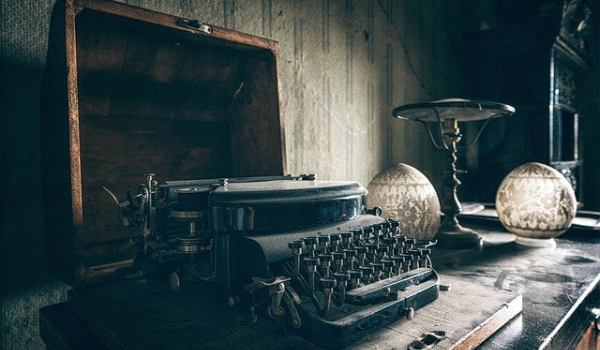What is your family’s most valuable heirloom? Living in the digital age, we may value the content in our smart phones a lot, but we produce fewer heirlooms for future generations.
The world of antiques has suffered a downturn since 2000. This is because worldwide demand for antiques had pushed prices to unprecedentedly high levels by the 1990s, which encouraged cheaper and inferior reproductions to appear on the market.
Experts say it also fuels a disposable culture where items are regularly replaced rather than cherished for generations.
友善讓你懂 │ 解說
你家的祖傳之物是什麼呢?對生活在數位時代的我們來說,我們或許會很珍惜智慧型手機裡的所有數位內容,卻愈來愈少擁有可以傳承給下一代的傳家寶。
從 2000 年起,古董市場就經歷衰退,因為在 1990 年代市場上對古董的需求太狂熱,導致當時古物價格來到前所未有的高價,也因而帶動廉價、粗製濫造的複製品大量出現在市場上。
專家說,這也讓「用完即丟」文化興起,東西都用過幾次就換掉,而不是好好地被各世代的擁有者珍惜。
輕鬆帶著走 │學習
inferior 指的是「較差的、較低等、比不上」,與 superior 是反義詞。若要與某人事物對照,後面則接 to。
例句:The mass-produced items are inferior to the antiques.
這種大量生產的商品根本比不上古董商品。
本篇其他相關單字,介紹如下:
- heirloom (n.) 傳家寶、祖傳之物
- antique (n.) 古董、古物
- downturn (n.) 衰退
- unprecedentedly (adv.) 前所未有、史無前例
- reproduction (n.) 複製品
- disposable (adj.) 一次性的、用完即丟

發佈留言